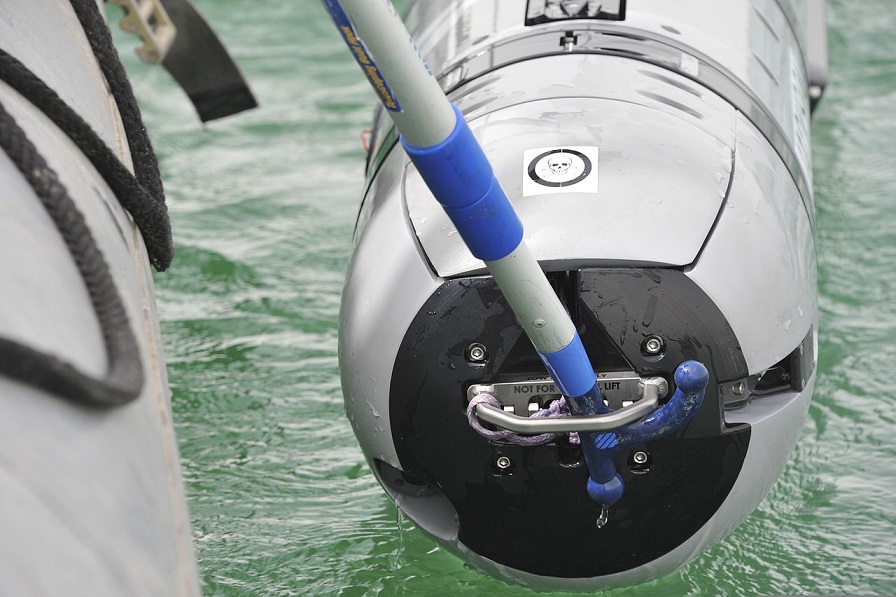This post is also available in:
 עברית (Hebrew)
עברית (Hebrew)
The US Navy has selected its partners for the Extra Large Unmanned Underwater Vehicle (XLUUV) program, Boeing and Lockheed Martin. The program will test the Navy’s ability to manage a rapid-acquisition project and the Navy-industry team’s ability to develop and integrate an unmanned system that operates completely independently of manned ships.
Lockheed was awarded $43.2 million and Boeing $42.3 million for the design phase of the Orca XLUUV system and delivery of a technical data package. Lance Towers, Boeing’s director of Advanced Technology Programs for Autonomous Systems, told USNI.org that the XLUUV concept will ultimately cost the Navy less money than trying to conduct similar missions with a smaller unmanned vehicle due to the XLUUV operating independently of a manned ship or submarine.
“If you’re trying to do something like collect data on the ocean floor, taking a surface ship or a submarine to capture that data is very very expensive because of the personnel,” he said.
“Having something that’s autonomous to go off and do something like the collecting that data is far more cost-effective”.
Boeing’s XLUUV entry will be based on its Echo Voyager, the company’s newest and largest UUV. Towers said some alterations would need to be made to meet Navy requirements, but he said the device has already proven itself in at-sea testing with Boeing’s own sensor payloads.
The Navy is at the same time pursuing a Large Diameter UUV (LDUUV), also as a rapid-acquisition program, that would be launched from a submarine or from surface ships, whereas XLUUV would be a pier-launched platform. Though both could conduct some similar missions the LDUUV would only be able to stray so far from its host. The Navy views LDUUV as a way to extend its reach, whereas XLUUV would be an independent operator that would surface occasionally to provide data to the fleet as a whole.
The contract covers a 15-month work period, with a critical design review set for December 2018 and a downselect to one contractor taking place. As the XLUUV design phase moves on, Towers said Boeing would send its Echo Voyager back out to sea in early 2018 for a second set of sea trials, to continue to prove that the vessel holds up to the harsh underwater environment,
“We’re making it so that all the customers can use the application of Echo Voyager without having to spend a lot of money to participate,” he said, noting that Boeing has worked closely with potential customers to make sure the vehicle meets their payloads’ power, space, weight and other needs.


























